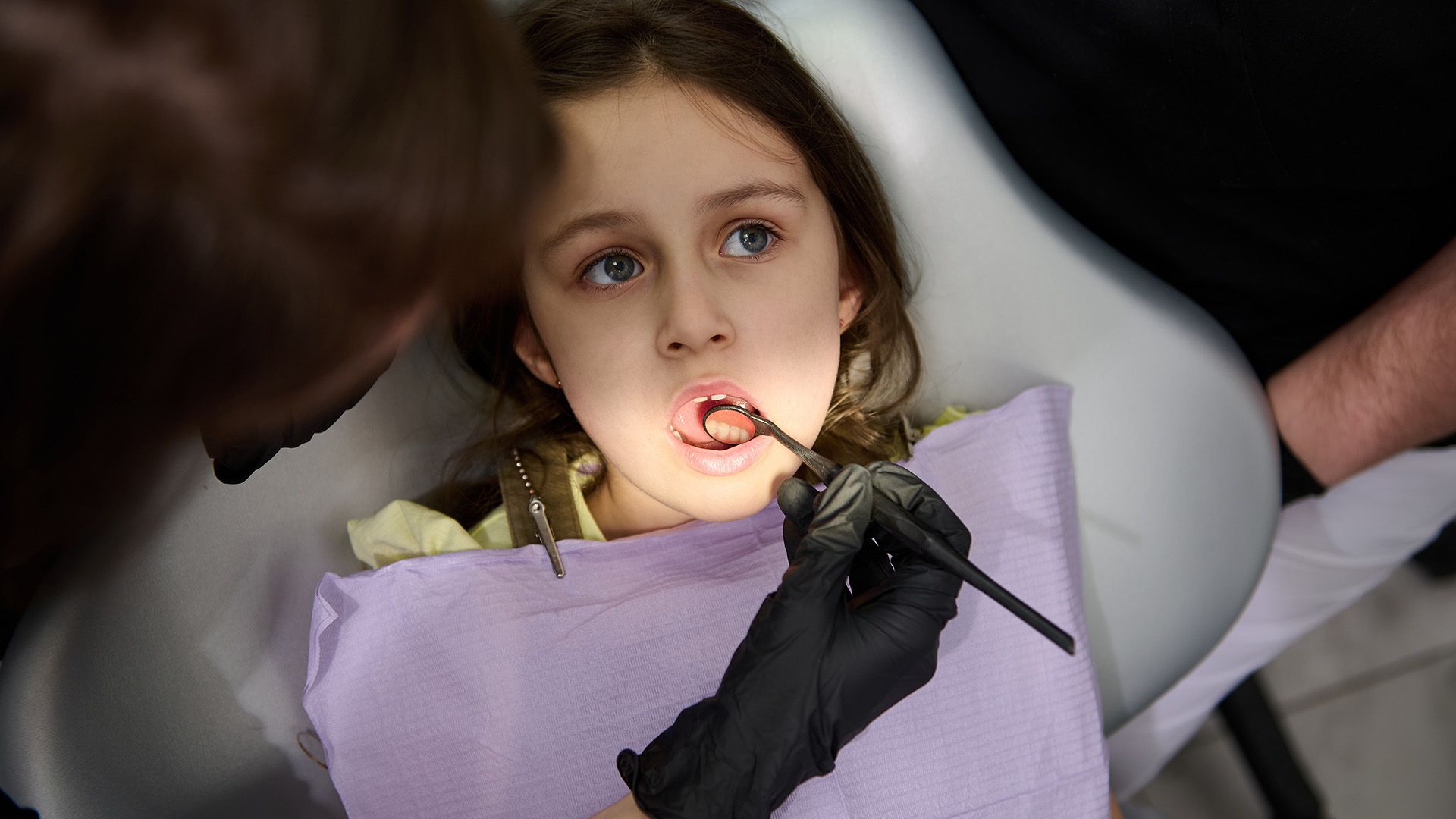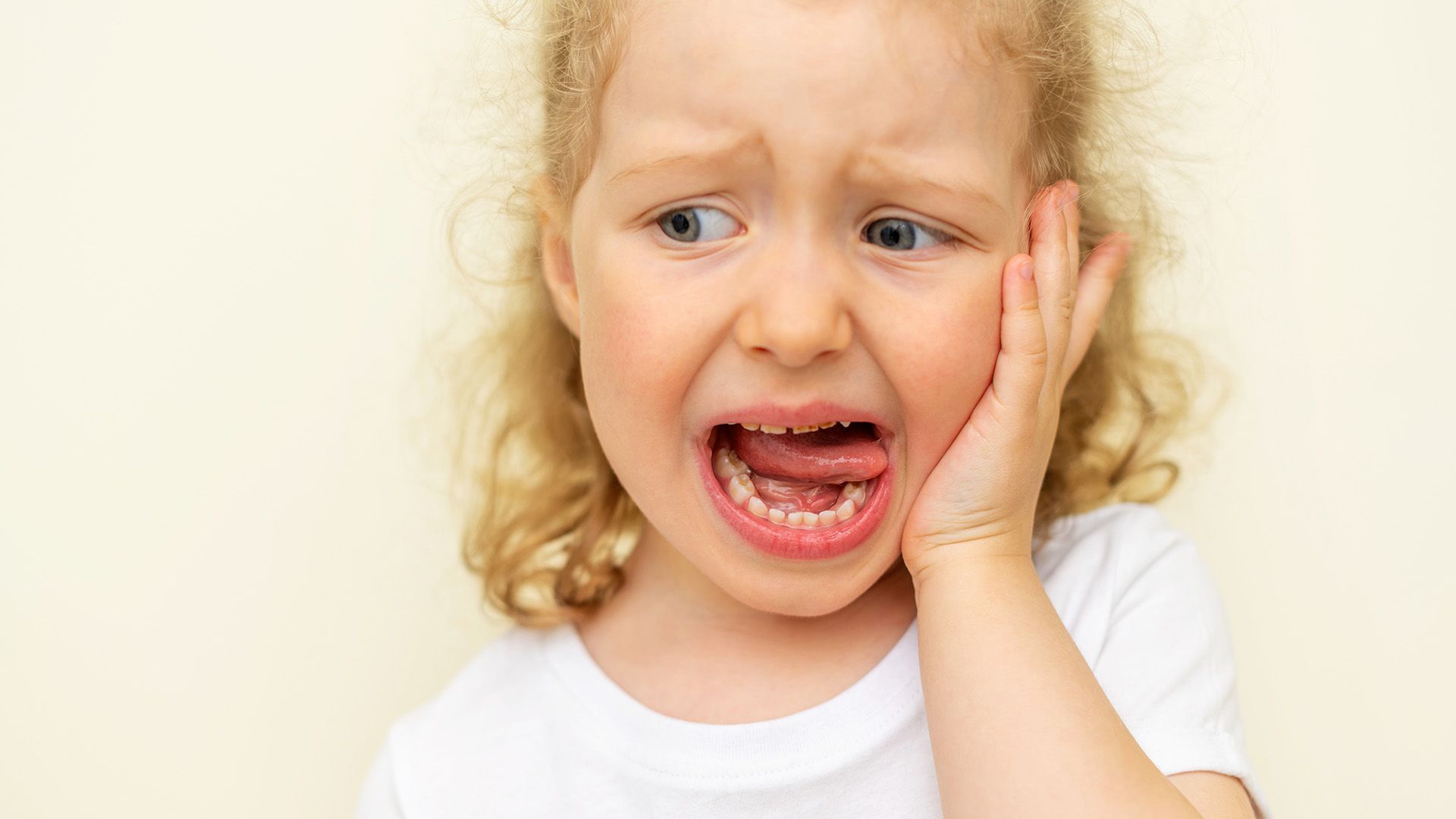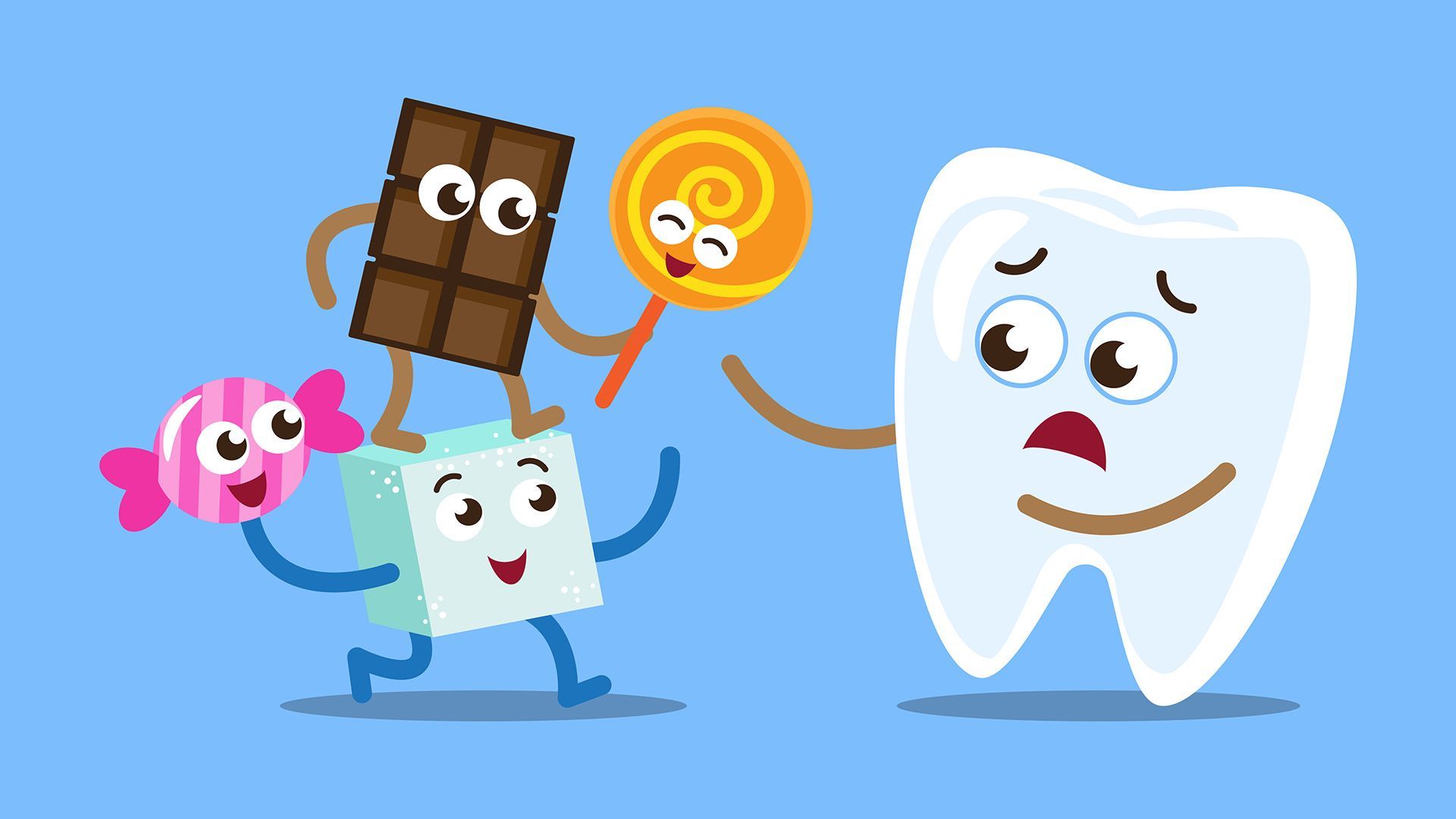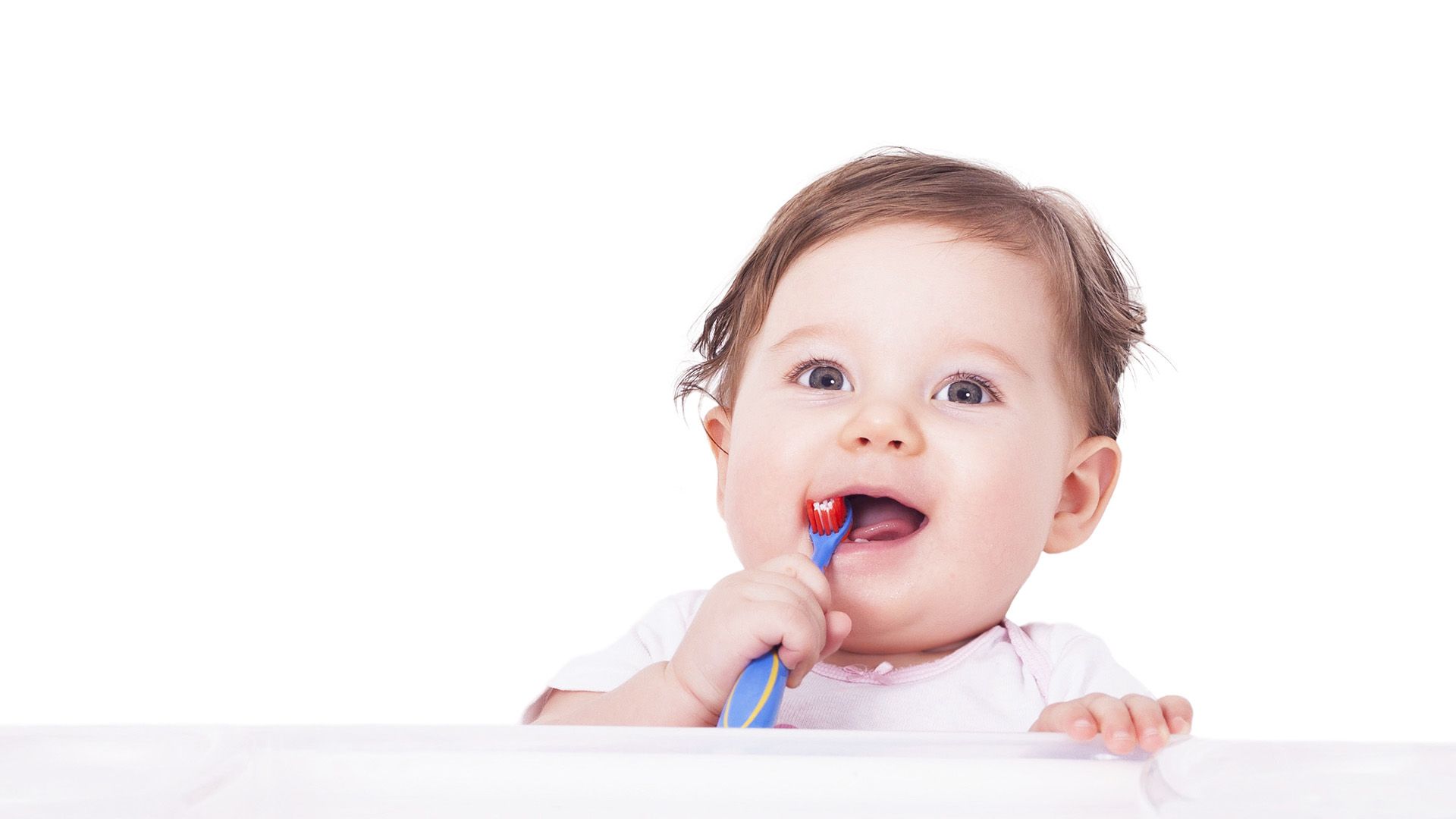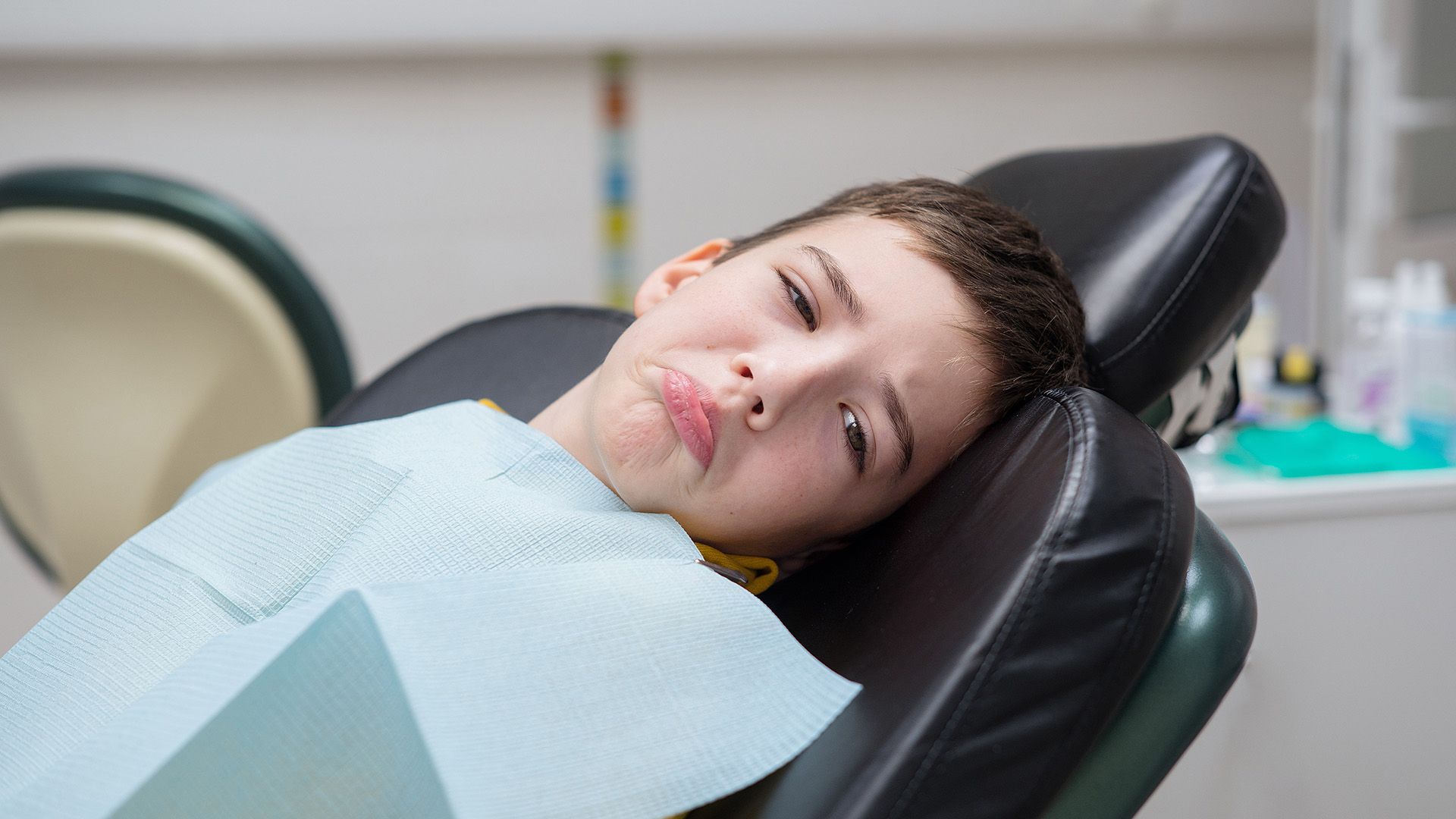What Parents Need to Know About Pediatric Dental Emergencies
When a child experiences a knocked‑out tooth, intense toothache, or mouth injury, understanding what parents need to know about pediatric dental emergencies can change the outcome. This page outlines how to handle tooth trauma in kids, how to recognize urgent situations, the first steps to take at home, and when to see a pediatric dentist without delay. You’ll also find first aid for dental emergencies in children, prevention tips, and guidance on choosing an emergency pediatric dentist who understands developing smiles. Our goal is to help you act quickly and confidently when the unexpected happens.
Understanding Pediatric Dental Emergencies
Pediatric dental emergencies are sudden oral health issues in children that need prompt attention to control pain and bleeding, prevent infection, preserve teeth, and protect overall health. These incidents can occur during play, sports, or everyday activities, and knowing what parents need to know about pediatric dental emergencies helps families recognize problems early and seek the right care. Understanding how to handle tooth trauma in kids prepares you to respond effectively before professional care is available.
Common emergencies include knocked‑out (avulsed) permanent teeth, chipped or broken teeth, displaced or loosened teeth, severe toothaches due to decay or infection, soft‑tissue injuries to the lips, cheeks, or tongue, dental abscesses, and objects stuck between teeth. While baby (primary) teeth are sometimes managed differently than permanent teeth, both can cause significant pain and complications if not addressed quickly.
Watch for symptoms such as persistent or severe tooth pain, sensitivity to hot or cold, swelling of the gums or face, bleeding that doesn’t stop with gentle pressure, pus or pimple‑like bumps on the gums, fever with dental pain, trouble chewing or closing the mouth, and visible fractures or tooth displacement. After any mouth or jaw injury, note changes in bite, speech, or facial symmetry, which can indicate trauma to teeth or supporting structures.
If an emergency occurs, stay calm, protect any tooth fragments or an avulsed tooth (if permanent), and contact a dental professional immediately. Knowing when to see a pediatric dentist is essential, prompt guidance can help triage the situation, minimize complications, and support your child’s comfort and long‑term oral health.
Immediate Steps to Take in a Dental Emergency
In a dental emergency, quick, confident action can safeguard your child’s smile. For a knocked‑out permanent tooth, handle it by the crown (the top surface you chew with), not the root. If dirty, gently rinse with water, no scrubbing or soap, and try to reinsert it into the socket with light pressure. If reinsertion isn’t possible, keep the tooth moist in milk or a tooth preservation solution and seek care right away. Do not store it in tap water. For chipped or fractured teeth, save any fragments, have your child rinse with warm water, and apply a cold compress to reduce swelling. For soft‑tissue injuries to the lips, cheeks, or tongue, clean the area gently and apply firm, gentle pressure with sterile gauze to control bleeding. These are key elements of first aid for dental emergencies in children and illustrate how to handle tooth trauma in kids before professional care is available.
To manage pain and bleeding, use clean gauze or a moistened tea bag and hold steady pressure for 10–15 minutes. Apply a cold compress to the outside of the face in 10‑minute intervals to limit swelling. Over‑the‑counter pain relievers like acetaminophen or ibuprofen can help; avoid aspirin in children and never apply pain medication directly to the gums or tooth. If braces or wires are causing irritation or minor injury, cover sharp ends with orthodontic wax until you can reach a clinician. If a bracket or wire breaks and is causing pain, call for guidance on short‑term fixes and to arrange a repair. Always consider when to see a pediatric dentist after providing first aid for dental emergencies in children to ensure proper follow‑up care.
Your calm presence matters. Speak slowly, reassure your child, and encourage steady breathing. Have your child sit upright to reduce bleeding and swelling and avoid lying flat. Contact a dental professional promptly for guidance and urgent care; a team member can walk you through next steps and arrange a same‑day visit whenever possible.
When to Seek Professional Dental Care
Knowing when to see a pediatric dentist protects your child’s oral health and can save a tooth. Call a dentist immediately for a knocked‑out permanent tooth, severe toothache with swelling or fever, ongoing bleeding that doesn’t respond to gentle pressure, a cracked tooth with visible nerve exposure, or facial trauma affecting the teeth or jaw. For an avulsed permanent tooth, avoid touching the root, gently rinse if needed, and place it back in the socket or into milk before heading to care.
Differentiate emergencies from routine issues to decide your next steps. Emergencies involve sudden pain, infection, trauma, or threats to tooth survival and general health. Routine concerns, like mild sensitivity, small painless chips, or a naturally loose baby tooth, usually can wait for a scheduled appointment. If your child is in constant pain, has swelling, fever, or visible trauma, treat it as an emergency and call right away. Understanding what parents need to know about pediatric dental emergencies helps you make this call with confidence.
Head to the emergency room when there is heavy, uncontrolled bleeding; signs of spreading infection such as fever, facial swelling, or difficulty breathing; a suspected broken jaw; or a head injury along with dental trauma. The ER can stabilize serious medical issues. Follow up promptly with dental or orthodontic care after medical concerns are addressed. If you’re uncertain how to handle tooth trauma in kids at the moment, seek immediate advice to determine when to see a pediatric dentist versus when to go to the ER.
Preventing Dental Emergencies: Tips for Parents
Preventive steps at home reduce the likelihood of urgent dental situations and align with what parents need to know about pediatric dental emergencies. Make sure your child wears a well‑fitted mouthguard during sports and recreational activities. Limit hard candies, ice, and other hard foods that can crack teeth. Childproof play areas to minimize slips and falls, and encourage the use of scissors instead of teeth to open packages. Keep small, hard objects and button batteries out of reach to avoid choking and oral injuries. Teaching first aid for dental emergencies in children as part of family safety planning helps everyone respond faster.
Regular check‑ups are essential for early detection and prevention. Routine visits let your dentist monitor tooth development, identify weak enamel or early cavities, and apply preventive treatments like fluoride when appropriate. Timely orthodontic evaluations can detect bite issues that may contribute to chipped teeth, tooth wear, or soft‑tissue injuries, helping protect your child’s smile as they grow.
Education empowers kids to make safer choices. Teach proper brushing and flossing, explain why helmets and mouthguards matter, and set rules like no running with objects in the mouth. Create a family emergency plan so your child knows what to do if a tooth is chipped or knocked out. Save your dental office number in your phone and assemble a small dental first‑aid kit with sterile gauze, a clean container, saline, and a tooth preservation kit or milk. By combining smart habits, consistent check‑ups, and age‑appropriate education on how to handle tooth trauma in kids, you lower the chance of pediatric dental emergencies and can respond quickly if one occurs.
Choosing the Right Emergency Pediatric Dentist
When a dental emergency strikes, the right provider can make a significant difference in comfort, recovery, and long‑term outcomes. Look for a dentist with pediatric expertise, same‑day or after‑hours availability, and a calm, child‑friendly approach. Experience with emergencies, such as avulsed or fractured teeth, severe toothaches, soft‑tissue injuries, and trauma involving braces, is important. Asking about first aid for dental emergencies in children and their approach to how to handle tooth trauma in kids can help you assess fit.
During your visit, ask questions to understand the plan: What is the immediate priority to relieve pain and protect the tooth? Are X‑rays or imaging needed today? What are the risks and benefits of the recommended treatment? How should pain and swelling be managed at home? When is the follow‑up due? How does care differ for an injured baby tooth versus a permanent tooth? Clear answers help you make informed decisions under stress and support a smoother recovery, including clarity on when to see a pediatric dentist for follow‑up checks.
Knowing what to expect can reduce anxiety. After reviewing your child’s medical history and performing an examination, the clinician will stabilize the area, address pain, and determine whether the tooth can be preserved or requires another course of treatment. Steps may include cleaning and protecting the tooth, bonding or splinting fractured areas, placing a temporary restoration, or referring for definitive care such as endodontic or surgical treatment. You’ll receive home‑care instructions, warning signs to watch for, and a follow‑up schedule. Keeping in mind what parents need to know about pediatric dental emergencies ensures you’re prepared for recovery and understand when to see a pediatric dentist for ongoing care.
